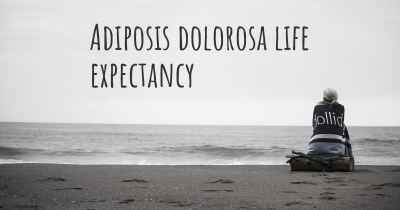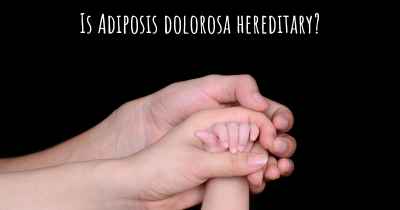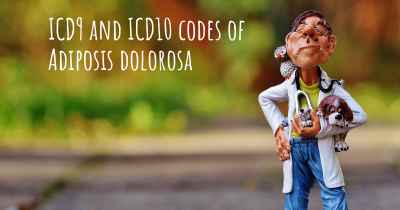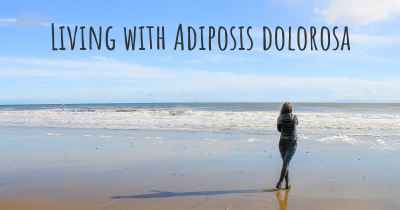What is the history of Adiposis dolorosa?
When was Adiposis dolorosa discovered? What is the story of this discovery? Was it coincidence or not?
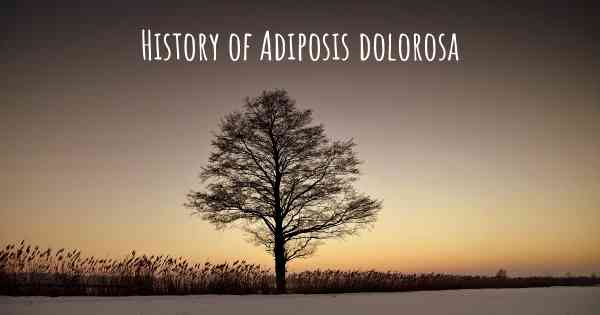
Adiposis dolorosa, also known as Dercum's disease, is a rare and chronic condition characterized by the excessive growth of fatty tissue and the development of painful nodules. The history of this condition dates back to the late 19th century when it was first described by an American neurologist named Francis Xavier Dercum.
In 1888, Dr. Dercum published a series of case reports detailing the symptoms and characteristics of what he referred to as "adiposis dolorosa." He observed that the condition primarily affected middle-aged women and was characterized by the presence of painful fatty deposits, typically located on the trunk, upper arms, and thighs. These fatty deposits, known as lipomas, were often accompanied by other symptoms such as weakness, fatigue, and mental disturbances.
Dr. Dercum's initial observations and descriptions of adiposis dolorosa laid the foundation for further research and understanding of the condition. However, it wasn't until several decades later that the medical community began to recognize and study this rare disorder in more detail.
In the early 20th century, other physicians and researchers expanded upon Dr. Dercum's work and contributed to the understanding of adiposis dolorosa. They further characterized the symptoms and explored potential causes and treatments for the condition. Despite these efforts, the exact cause of adiposis dolorosa remains unknown, and there is no definitive cure.
Over the years, adiposis dolorosa has been the subject of numerous case studies and research papers. The condition has been associated with various underlying factors, including hormonal imbalances, genetic predisposition, and trauma. Some researchers have suggested that adiposis dolorosa may be related to autoimmune or metabolic disorders, although more research is needed to establish these connections.
Adiposis dolorosa is a challenging condition to diagnose due to its rarity and the similarity of its symptoms to other disorders. The diagnosis is typically made based on the presence of characteristic symptoms, such as the painful fatty deposits and associated physical and psychological symptoms. Medical imaging techniques, such as MRI scans, can also be used to visualize the extent of fatty tissue growth.
While there is no cure for adiposis dolorosa, treatment aims to manage the symptoms and improve the quality of life for affected individuals. This often involves a multidisciplinary approach, including pain management strategies, physical therapy, and psychological support. In some cases, surgical removal of the painful lipomas may be considered, although this does not guarantee long-term relief.
Despite its rarity, adiposis dolorosa has gained some recognition in recent years, thanks to increased awareness and advocacy efforts. Support groups and online communities have formed to provide a platform for individuals with the condition to share their experiences and seek support.
In conclusion, adiposis dolorosa, or Dercum's disease, was first described by Dr. Francis Xavier Dercum in the late 19th century. Since then, further research and understanding of the condition have been developed, although the exact cause and cure remain unknown. Adiposis dolorosa continues to be a challenging condition to diagnose and manage, but efforts are being made to improve awareness and support for affected individuals.
Posted Jan 14, 2019 by Lauren 2500
